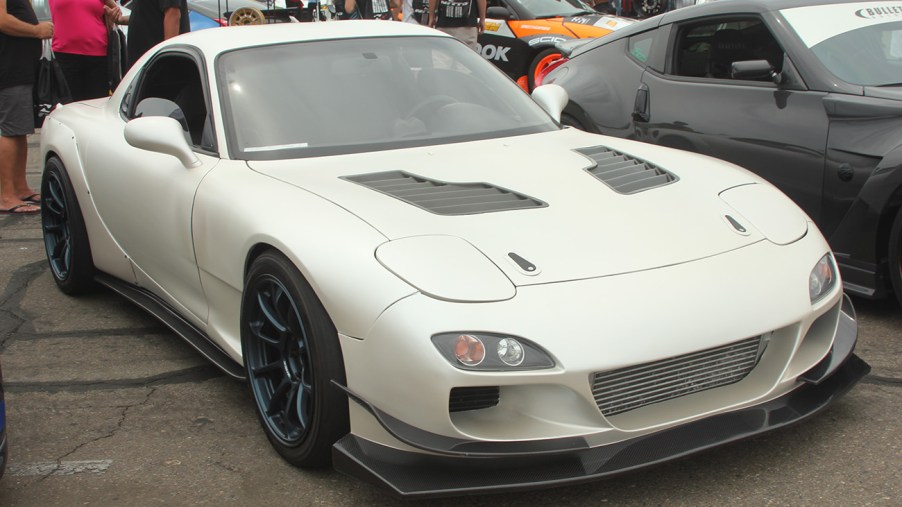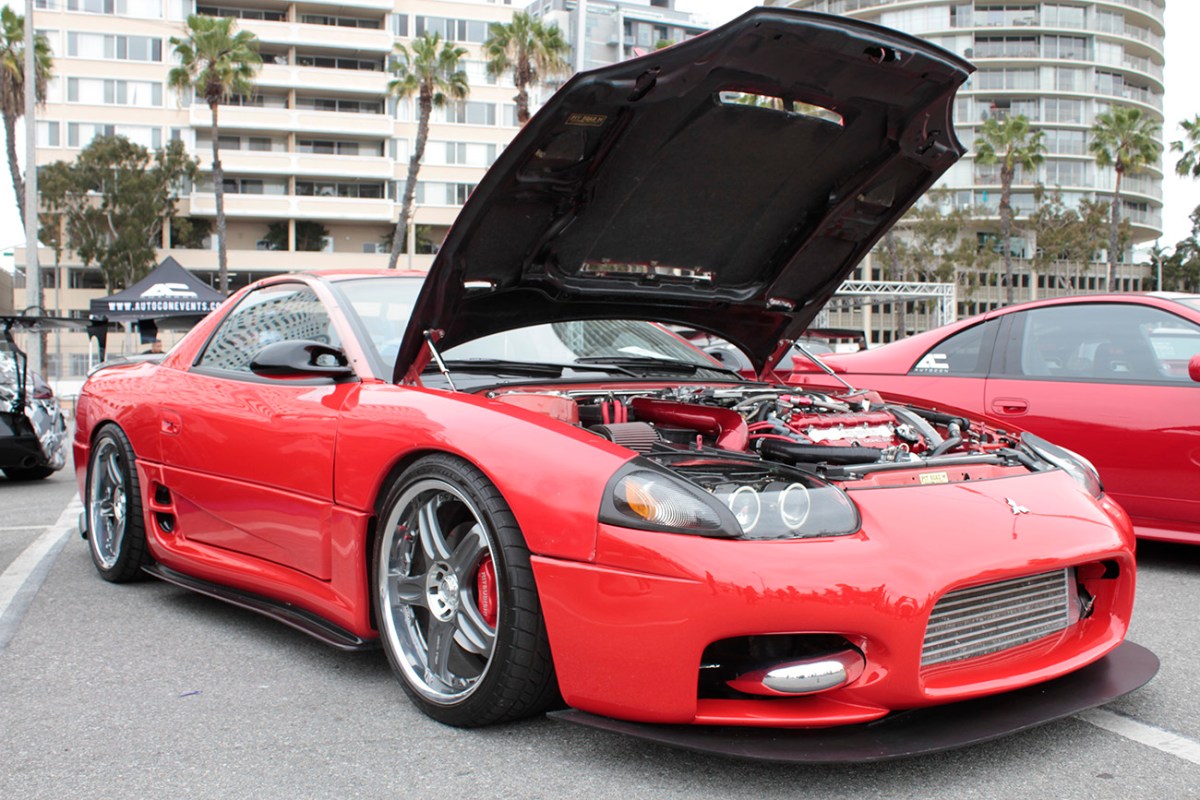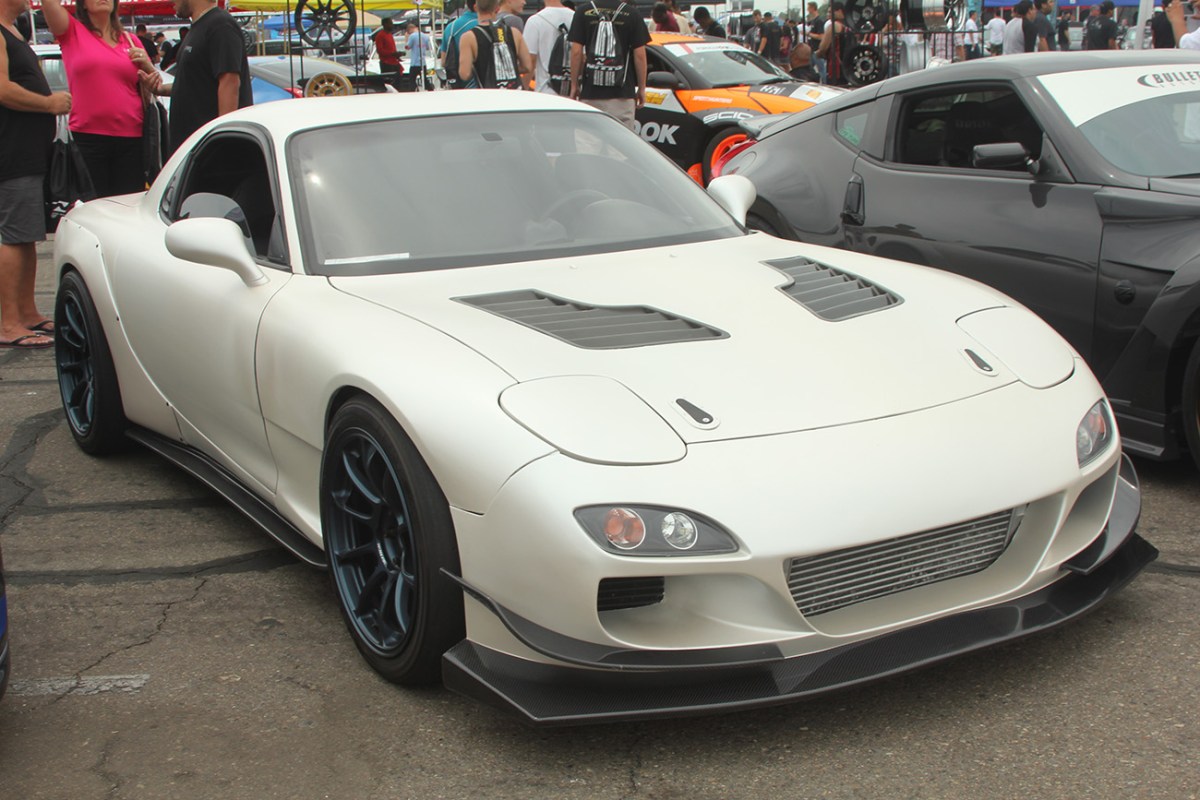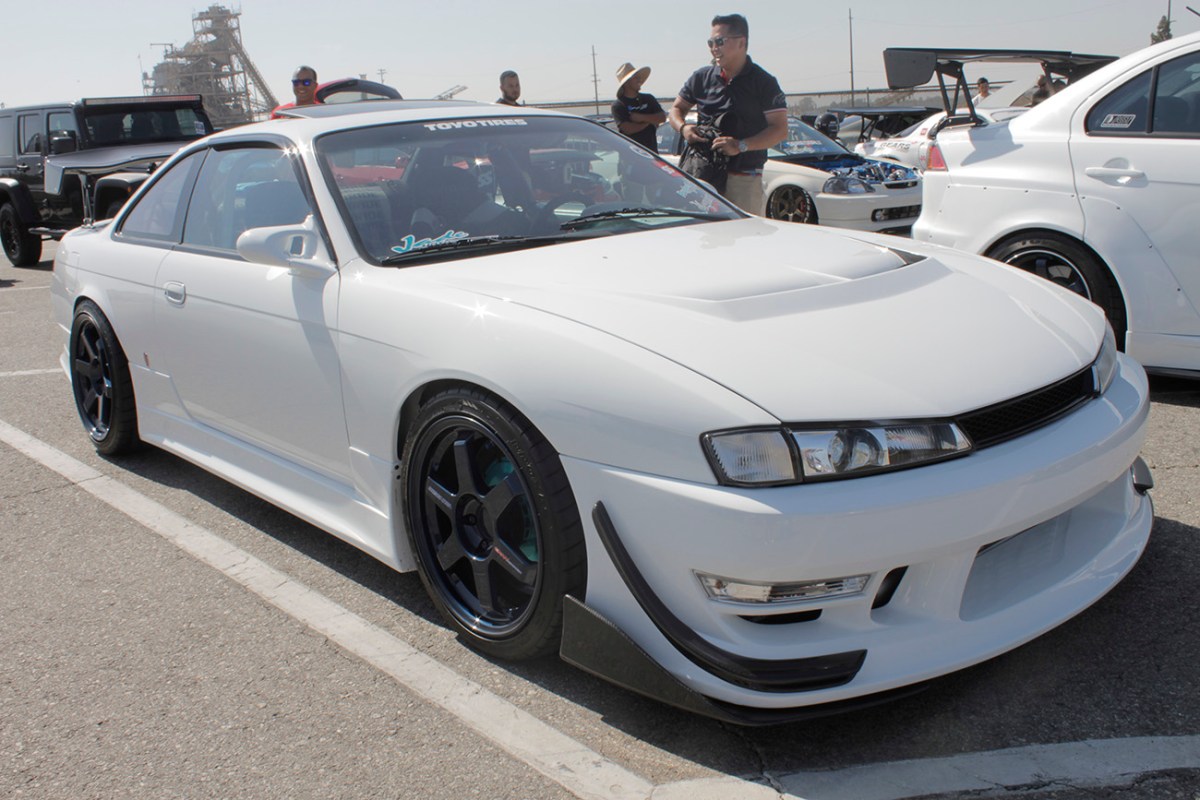
3 Japanese Sports Cars Taken From Enthusiasts Too Soon
Starting in the early 1970s, Japanese sports cars began to rise to prominence. Cars like the Kenmeri Nissan Skyline and the 240Z were gaining recognition. Those early cars put the world on notice that the Japanese automotive manufacturers can do more than just produce small, economical cars.
In the 90s Japanese sports cars really hit their stride and just about every brand had a halo car that enthusiasts coveted. Unfortunately, the tastes of the American automotive consumer changed as did the economy. As things shifted, one by one legendary Japanese sports cars started to disappear from dealerships. We want to highlight some of our favorite JDM cars that were taken away from enthusiasts too soon.
Mitsubishi 3000 GT VR-4

These days Mitsubishi is not in the best shape but back in the 90s, they produced some amazing cars in America and abroad. The Mitsubishi Eclipse was and still is a tuner favorite. The Eclipse GS-X was the closest thing America got to the legendary Lancer Evolution which wasn’t available in the U.S. market at the time.
While the Eclipse was great, it was the Mitsubishi 3000 GT VR-4 that earned the spot on this list. The VR-4 came stock with a twin-turbo, 3.0 liter, V6 engine that made 320 horsepower which was sent to all four wheels. It had active aero before such a thing was commonplace. There was even a hard-top convertible version at one point. It was one of the most advanced Japanese sports cars of its time. Sadly, The 3000 GT VR-4 ceased production in 1999.
Mazda RX-7

Like the Nissan Skyline, the legend of the Mazda RX-7 started in the 1970s. Mazda made the unconventional decision to start using rotary engines in their cars. Rotary engines are small but can make just as much power as piston engines. By mounting a rotary engine low in a sports car, it allows engineers to save weight and lower the center of gravity. That idea is what birthed the RX-7.
The rotary-powered coupe reached its pinnacle in the mid-90s when the third-generation Mazda RX-7 launched. Just like the generations before it, the third-gen RX-7 has a rotary engine but with turbos to maximize power. The RX-7 also had excellent balance and carved through corners like a sushi chef slicing sashimi. Unfortunately, the market turned and Mazda pulled the RX-7. The RX-8 came years later but it was not quite the same.
Nissan 240SX

The Nissan 240SX’s tale is one of regret. We truly believe that gearheads in America did not fully appreciate Nissan’s affordable rear-wheel-drive coupe until it was much too late. Perhaps some of the blame for that can be placed on Nissan’s shoulders since they did not sell the turbocharged “Silvia” variant in America. However, the 1980s and 1990s were a booming time for the import car aftermarket industry.
It is possible that if more car enthusiasts appreciated the potential of the 240SX rather than what was given to us, Nissan would have extended the car’s life. Ironically, the rise of drifting skyrocketed the popularity of the 240SX and now it is nearly impossible to get one on the used market without paying a premium AKA “the 240 tax.” We are holding out hope that Nissan may consider resurrecting the 240SX. It truly was one of the great Japanese sports cars.
While today a few legendary JDM marquee sports cars have returned like the new Nissan Z, and the Toyota Supra, we can’t help but miss the Japanese sports cars that were gone much too soon.


